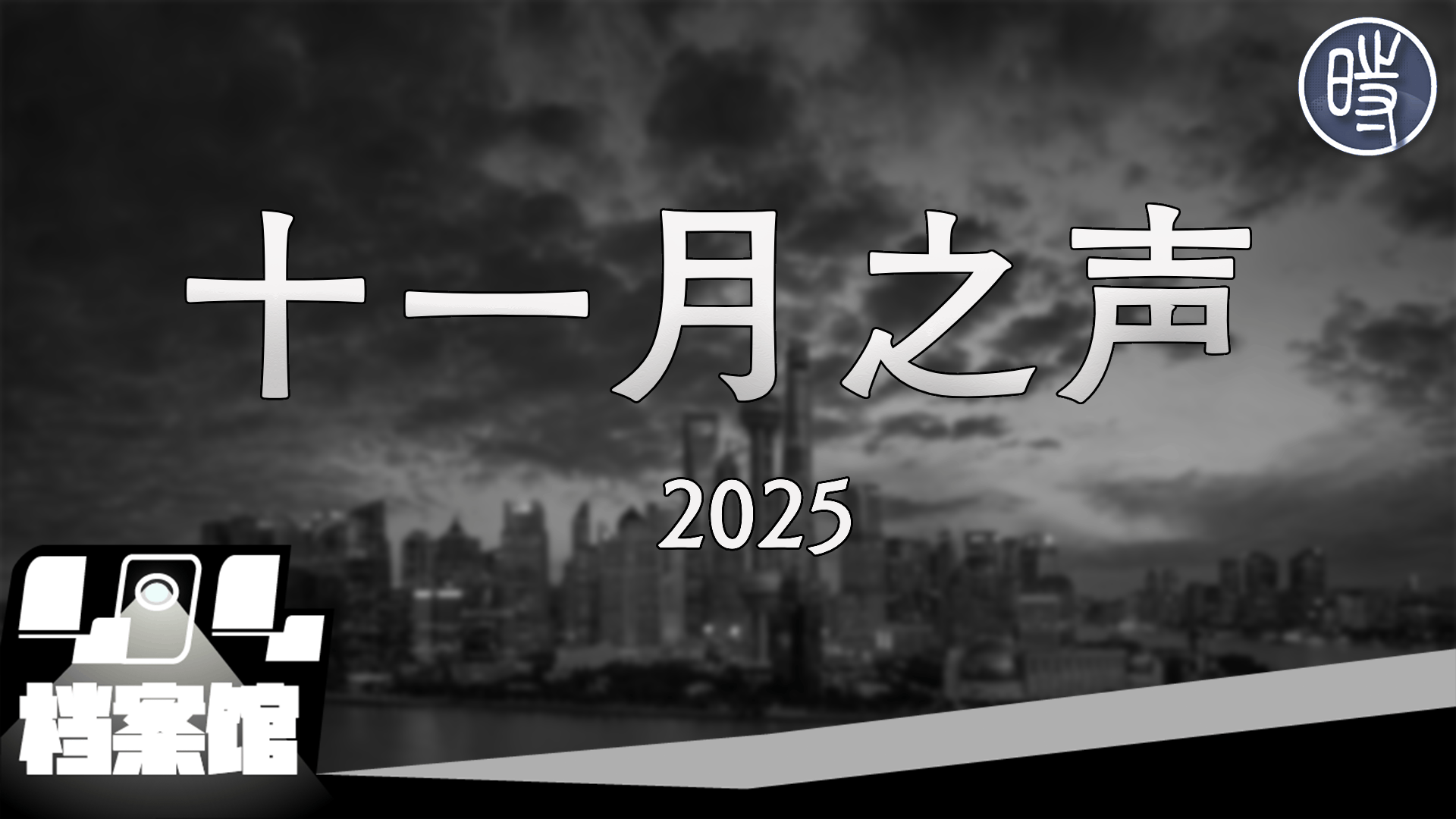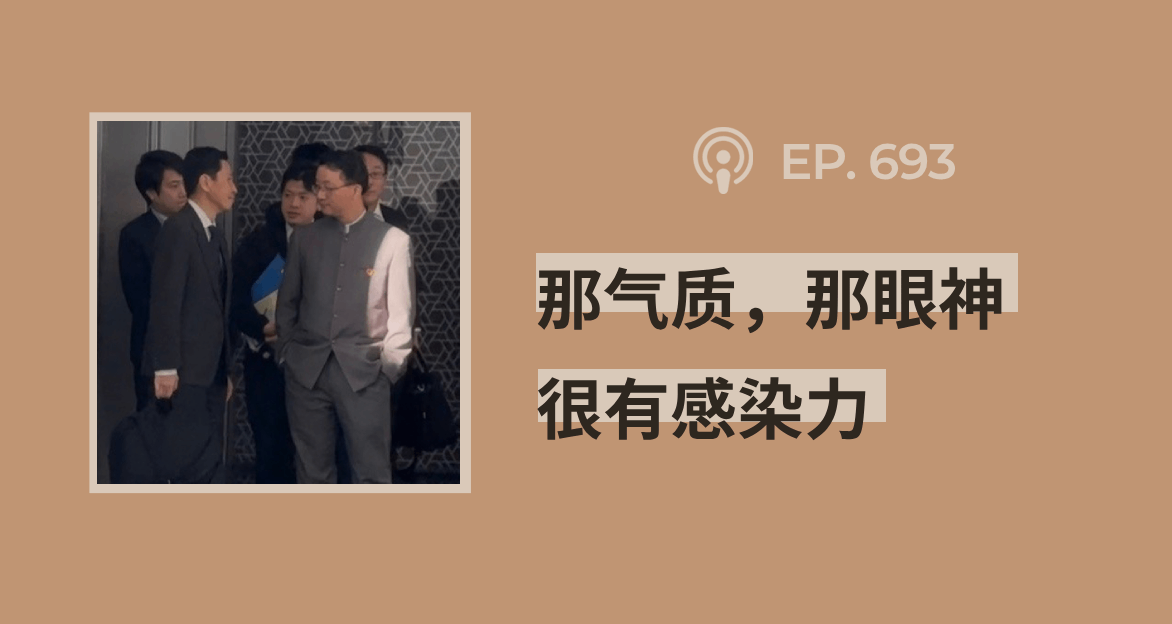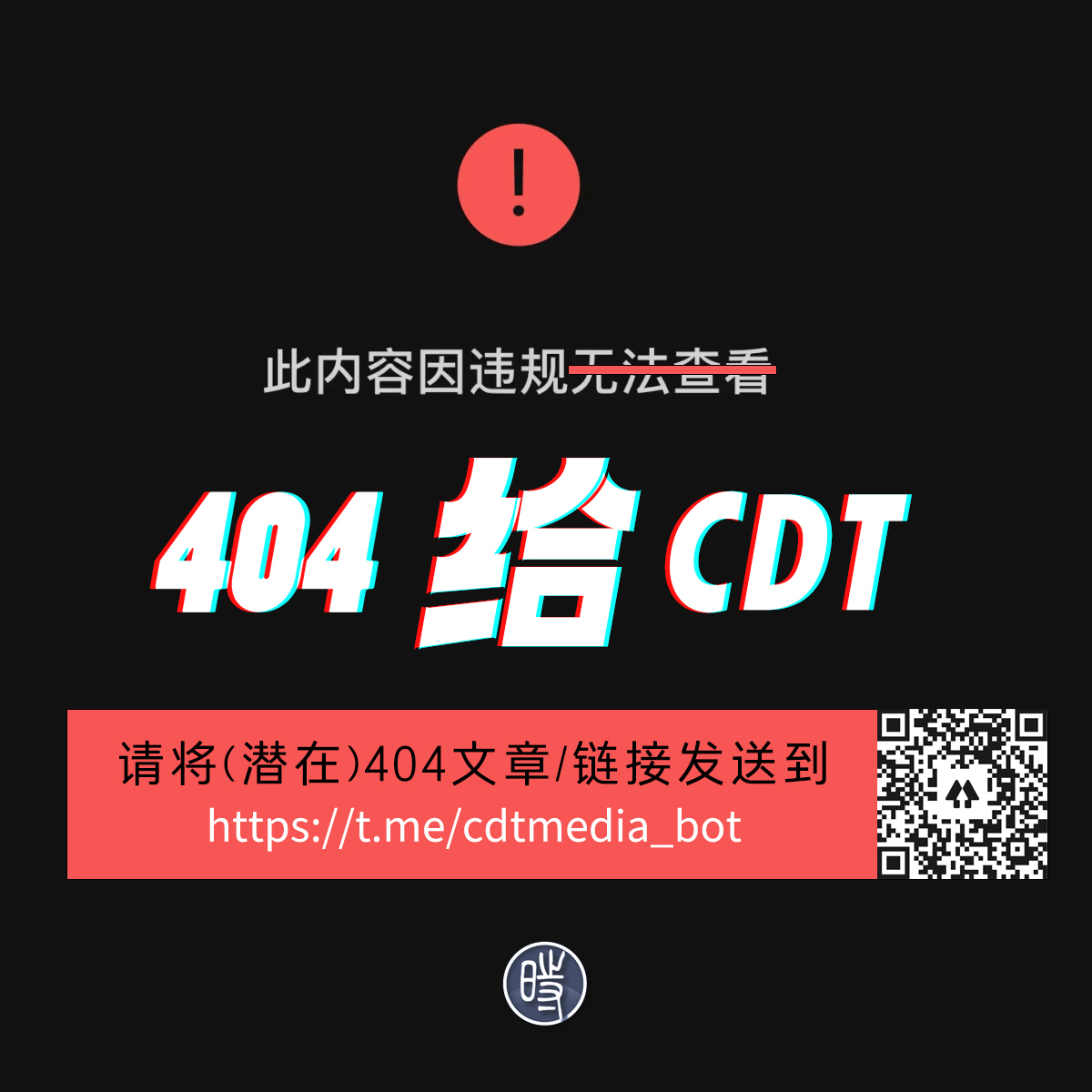作者:謝國忠 | 评论(0) | 标签:中美经贸, 人民币, 汇率, 谢国忠
The US is increasing pressure on China to appreciate the currency. The US Congress is holding hearings on China’s exchange rate. Treasury Secretary Geithner is complaining loudly that the Rmb is moving too slowly. The pressure seems working a bit. The dollar-yuan has been making new highs everyday. But, it is making new highs in the second decimal point. So the US side is still very unhappy. Could the US pass a major protectionist bill that disrupts the bilateral trade?
The currency market is not taking this spat of tension seriously. The Rmb NDF market has hardly budgeted. It is not predicting significant Rmb appreciation at all. Why is market indifferent this time? Does it know something that the US policymakers don’t?
Let me tell you what I think will happen. Before the mid-term election in November, the House of Representatives may pass a bill that could disrupt the trade. But, the Senate wouldn’t ratify it after the election. The implementable measures will be to block some Chinese exports, mainly products that are still made in the US and are not important to major US companies, mainly commodities like steel, chemicals, and solar panels. Such measures could be quite painful to some Chinese companies but won’t affect the Sino-US trade overall. Two thirds of China’s exports are directly owned by multinational companies, i.e., branded and distributed by them. The factories in China, even if not owned by them, are like their divisions. The US government is unlikely to disrupt their businesses.
There are two reasons that the Sino-US trade will remain intact for the foreseeable future. First, there is more value added to the China trade in the US than in China. The US retail prices for the China-made consumer goods are three to four times the factory gate prices. If the trade is disrupted, the US economy could suffer enormously. Second, the US companies like Apple, HP, Nike, Wal-Mart, etc. profit enormously from China’s production. They have high margins because they make the products in China, not the US. If the trade is disrupted, their stock prices will crash. The US pension funds already suffer trillions of dollars in shortfalls. A stock market crash will lead to a financial crisis. If the House passes a bill, the Senate couldn’t ratify it, because the market would have responded very negatively.
The US’s goods trade rose by 24.6% from last year in the first seven months but was still 12.1% below 2008’s level. The US’s total trade for 2010 would be a touch above $3 trillion. China’s goods trade rose by 40% in the first eight months from last year and could reach $2.9 trillion for the year, 15% above the 2008 level. Considering their sizes, a trade war is inconceivable. Even a significant risk of such an outcome would lead to stock markets collapsing around the world.
The US’s goal is to balance the bilateral trade. In the first seven months the US’s customs data showed $193.0 bn of imports from and $48.6 bn of exports to China. The exports rose by 36% from last year, 14 percentage points higher than for imports. The trend is in the right direction. But, the trade gap will still widen for 2010, because the imports are four times the exports. It would take eight more years of the current trend for the US’s trade deficit with China to begin to fall. Many prominent analysts in the US think that a big move in the exchange rate would speed it up.
The experience of the US’s deficit with Japan doesn’t augur well for this view. The doubling of the yen’s value against the dollar in 1985 didn’t have a significant impact on the bilateral deficit during the following decade. Of course, one could argue that it would have had an impact if the yen’s value had quadrupled. We don’t know. When the bilateral deficit began to cool, Japan was shifting production to China. The manufacturing jobs that the US lost to Japan never went back to the US regardless of the bilateral exchange rate, because Japan’s businesses could locate production in developing countries.
Of course, if one just focuses on the bilateral trade balance, there is level of exchange rate to achieve that. At certain exchange level China’s factories would rather shut down, i.e., production shrinking. That is the only possibility for the bilateral trade to balance soon: China produces less due to unprofitability, and the US buys less due to high price. This solution is shrinking the pie. I can’t see how the trade can be balanced without being destructive to both the US and China’s economy.
Obviously, China’s currency is not floating. Hence, one could argue it’s not market based. I’m not saying the Chinese government has set the exchange rate at exactly the ‘right’ level. At least I know the market wouldn’t. It pushed up the Asian currencies during the bubble in the 1990s and caused their collapse in 1998. No amount of change in the fundamentals could justify such a big swing. The Japanese yen goes up and down massively without its economy changing at all. The lessons to China are clear: leaving the exchange rate entirely to market force could bring catastrophe.
Rational arguments are not important for the near term development. Political expediency and consequences of actions would decide. The Democrats are facing a catastrophe in the November election. The House might make a Hail Mary pass by pushing for a populist protectionist bill against China. Even if such a bill is passed, it may not go through the Senate after the election. The financial market turmoil would convince the Senate that.
China has many problems. An undervalued exchange rate isn’t one. I think the Rmb may be overvalued. The appreciation pressure is due to market speculation on what the US may do to China. China’s money supply has increased four and half times in a decade. I don’t recall any economy that, after such prolonged and massive monetary expansion, doesn’t suffer devaluation. When the Rmb appreciation expectation reverses, capital outflow could be massive. That would be China’s test, not the appreciation pressure today.
China’s macro challenge is its dangerous property market. The price level is 100% above the sustainable level. In some provinces the land price may fall by 70-90% when the bubble bursts. Despite the government tightening policies, the sentiment for property is still bullish. But, the headwinds for the market are multiplying. The change in the Rmb appreciation expectation is a major factor, possibly more important than the property specific tightening measures. China’s interest rates are rising quickly. When the land price begins to fall, the Rmb expectation would decline further. It would cause capital outflow. The resulting liquidity shortage would cause land price to fall further. The spiral may have already begun though slowly. It may become a torrent in the second half of next year.
While it doesn’t look possible to balance the bilateral trade, the future development looks quite favorable to the US on the corporate earnings side. The US businesses have profited from low cost of production in China over the past two decades. As China’s labor market becomes balanced and wage begins to rise faster than nominal GDP, they can profit by selling the made-in-China products to Chinese consumers at the US prices. Indeed, the prices of the US branded goods are selling for higher prices in China now. Apple, GM, KFC, Nike, P&G, etc. are profiting enormously from China’s consumption growth. In a decade and a half China’s consumption market may become as large as the US’s. Many US multinationals could make more profits in China than in the US by then. Nearly half of the earnings for the companies in the S&P 500 are from overseas. China’s growth would increase it much further. By some estimates the US pension funds have $6 trillion of shortage. It is possible that this hole can be filled when the US stock prices rise with the overseas earnings. China is becoming part of the solution for the US’s economic difficulties.
In goods trade the US’s exports to China are likely to sustain faster growth than the imports. The US exports to China are doing best in agricultural products, natural resources, and equipment. Nevertheless, because of the base effect, the bilateral deficit will remain elevated for a decade or more. It may continue to increase in the foreseeable future. Because China runs deficit with resource rich countries, the US needs to step up exports to them. It may be the only possibility for the US to achieve trade balance within a decade.
The US exports to China are rising quickest in agricultural and resource products. The US has strong comparative advantages in these areas. Because of the environmental considerations the policies have not been favorable to their growth. There is plenty of room for the US to grow these sectors. When it comes to balancing the bilateral trade, the focus perhaps should be on micro rather than macro.
While a trade war is unlikely, trade friction will likely intensify in the coming years. Product specific protectionist measures will proliferate. It would become more and more difficult for Chinese companies to sell proprietary products in the US. Essentially, the Sino-US trade will concentrate even more through the US multinational companies. This is obviously very negative for the Chinese companies that aspire to establish their own brands or create their own distribution channels in the US. China may react by restricting the businesses of the US multinational companies in China. While the trade will continue, the growth rate will slow sharply. I suspect that in the next decade the bilateral trade may grow less than half as fast as in the past.
The Sino-US trade friction is a sign that global trade will slow down, possibly for good. The global trade has grown twice as fast as the global economy for the past two decades, thanks to the multinational companies moving production to developing countries. What could be moved have mostly moved. The remaining ones are hard to move as politics interferes. The goods global trade may grow in line with the global economy in the future.
Globalization was win-win for a long time for developed and developing countries. It doesn’t feel that way anymore. Developed countries, after enjoying cheap goods for years, are suffering income problems due to job losses. The future looks worse to them. The next wave of globalization is in the white-collar jobs. The development of communication technology has made it possible for white-collar jobs to be shifted around the world like the blue-collar jobs in the past. Because white-collar output is information that can be sent over the internet with one click, no government or labor union could block it. The employment crisis in the developed countries could get much worse in the coming years.
Unless the developed economies can pursue policies to improve employment, politics will become more extreme. Anti-immigration sentiment that is sweeping Europe and the US partly reflects the employment difficulties. Restricting immigration is unlikely to reverse the employment situation. The popular frustration could lead to the rise of extreme politicians that may pursue destructive policies to reverse globalization. In the short term, a trade war is unlikely, because its consequences are too negative to both developed and developing countries. But, irrational and extremist policies are possible overtime.
The developed economies have to pursue redistributive policies to increase employment. The benefits from globalization have gone disproportionately to the elite that could arbitrage around the world. They may constitute less than 5% of the population and have gained probably 90% of the benefits from globalization in the developed world. Redistributing their gains to rest of the population is probably the only way to maintain the status quo.
While the pressure on Rmb is a headache for China, the pressure points in globalization hold more threat to China’s export economy. China is in a position to decrease the tension in globalization. The key is to limit the government power in mobilizing resources for investment. Most unusual phenomena in the Chinese economy are due to the political economy. The declining importance of consumption in the Chinese economy, for example, is a consequence of the government’s overwhelming power in raising funds for investment. Overcapacity is another one. The massive land bubble is due to the government’s power in influencing banks, developers, and buyers. Unless China limits the government power in resource allocation, China’s trade tension with other countries will escalate and may boil over in five years.
While the US pressure on Rmb appreciation is a storm in teacup, China must address the tension in globalization by reforming the political economy. Otherwise, a real storm is a matter of time.














